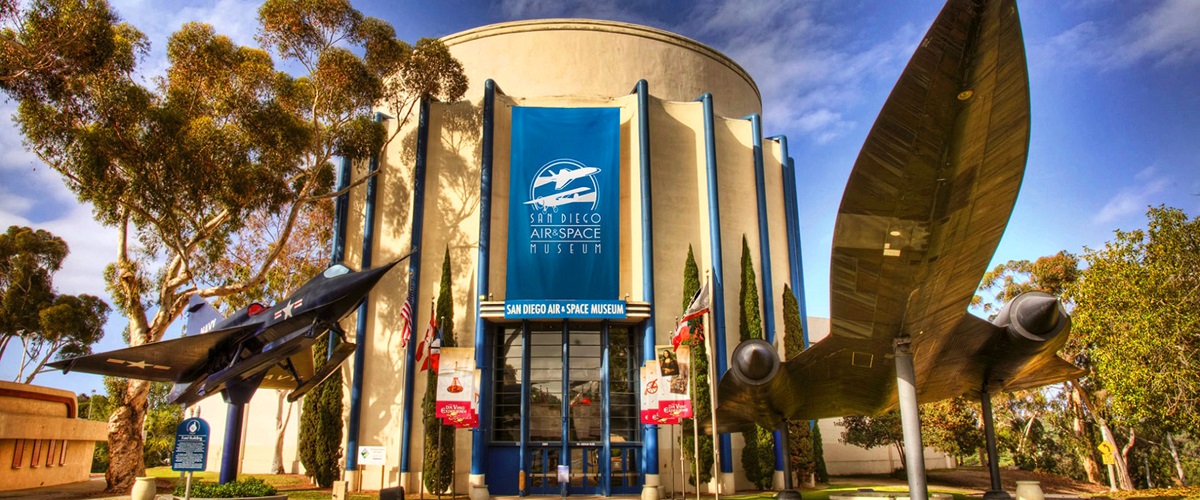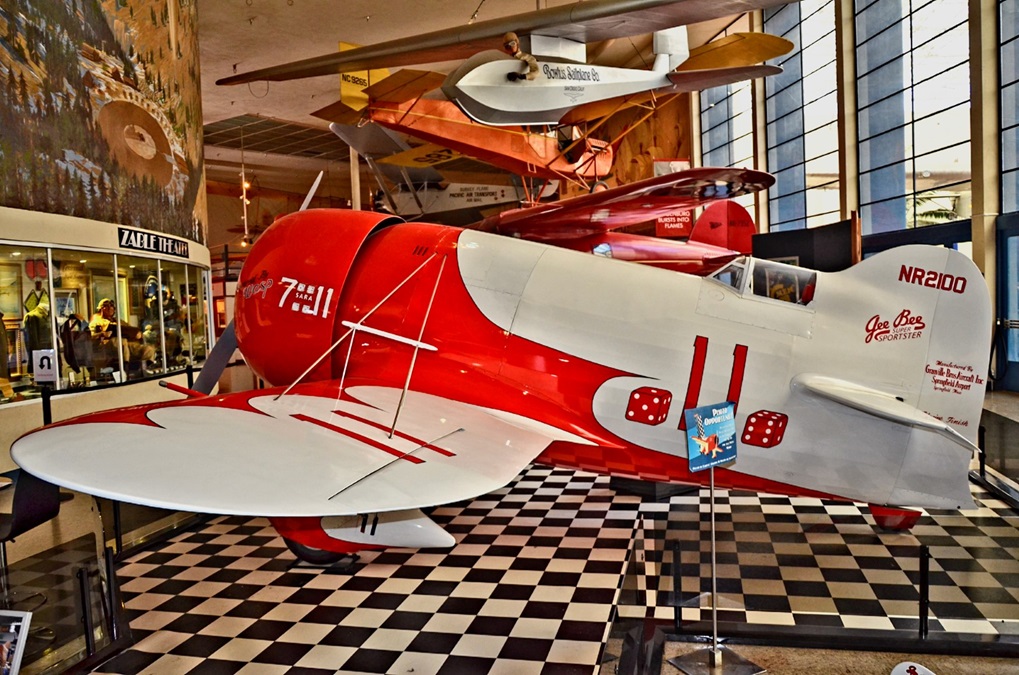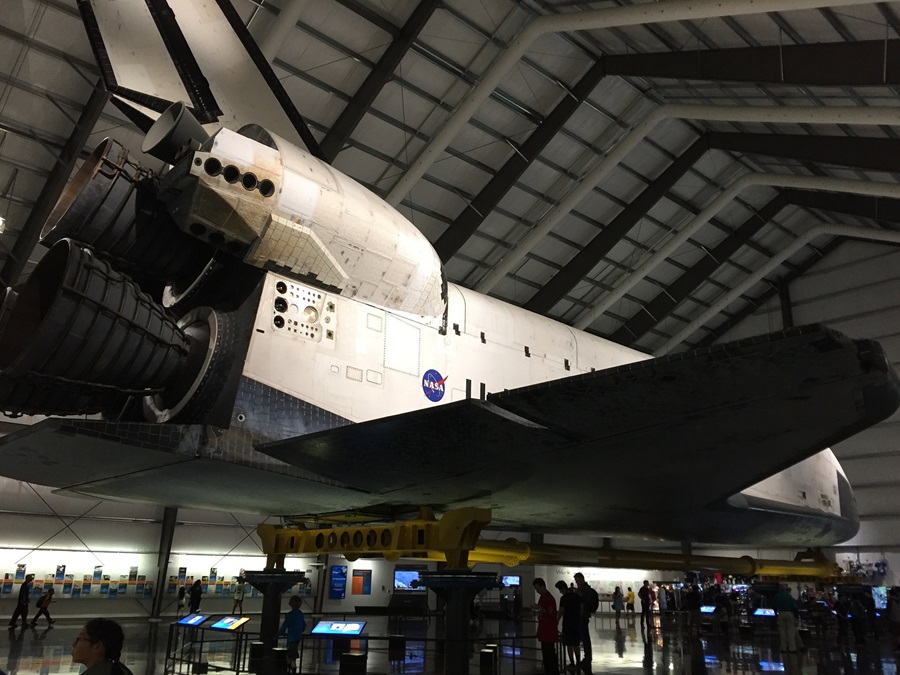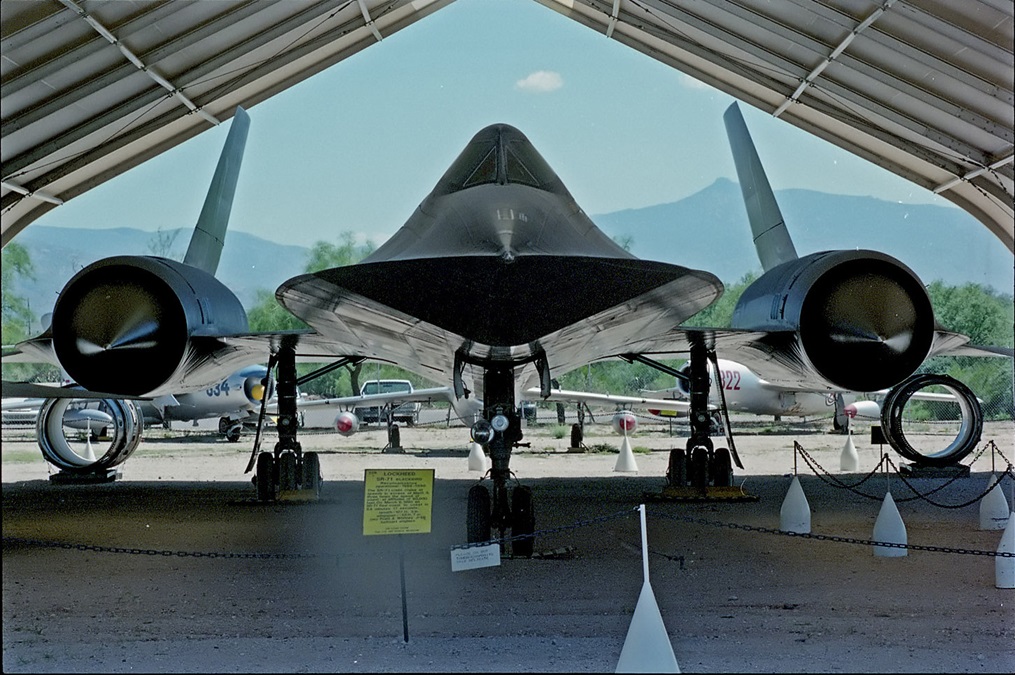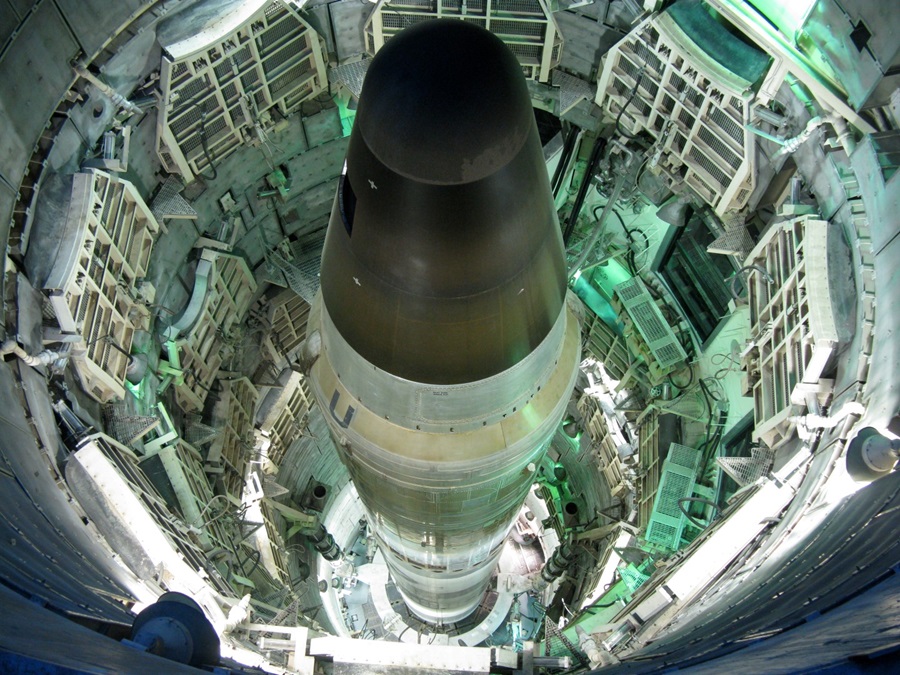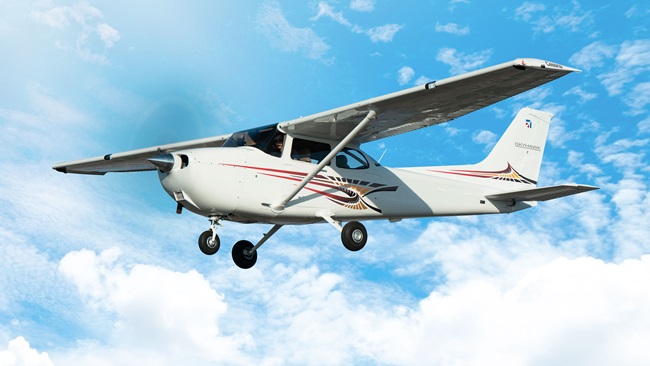Great aviation museums—Southwestern US
From major manufacturers like Northrop and Lockheed to important military installations like Edwards Air Force Base, the American Southwest has more than its share of aviation history—and great museums. Here are some of our favorites.
To visit the San Diego Air and Space Museum, fly to Montgomery-Gibbs Executive and then head to beautiful Balboa Park. You’ll see interior and exterior exhibits that trace aviation from dirigibles to the Space Age. Wright Flyers, race planes, Spitfire and P-51 aircraft, and the Apollo 9 command module are just a few highlights. Plan at least one extra day, because numerous other excellent museums and one of the world’s top five zoos are all within walking distance of each other inside Balboa Park.
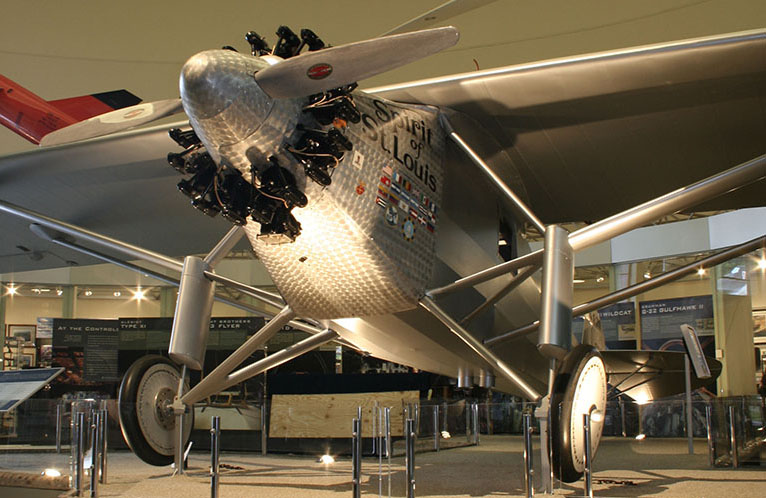
The Planes of Fame Air Museum has two locations: Chino, California, and Valle, Arizona. The Valle location, about halfway between the Grand Canyon and Williams, is only open April to November. Both museums are at the respective airports, so you can fly in and walk over to the museums. The Chino location, about 25 nm east of Los Angeles, presents a monthly Living History Flying Day and other events, including a huge annual airshow. A few of the rare and airworthy aircraft include the only flyable Mitsubishi A6M Zero fighter, a Northrop Flying Wing, and a P-38 Lightning.
Unfortunately, the Air Force Flight Test Museum at Edwards Air Force Base is now open only to those who already have appropriate credentials to enter the base. However, you can book a general base tour, which takes place monthly, or attend the yearly Gathering of Eagles event. The nearby Mojave Air and Space Port, home to SpaceShipOne and Scaled Composites (think Richard Branson and Burt Rutan), doesn’t offer tours, but you can fly in for the Voyager Restaurant or “Plane Crazy Saturdays” the third Saturday of each month when the Mojave Transportation Museum holds various events.
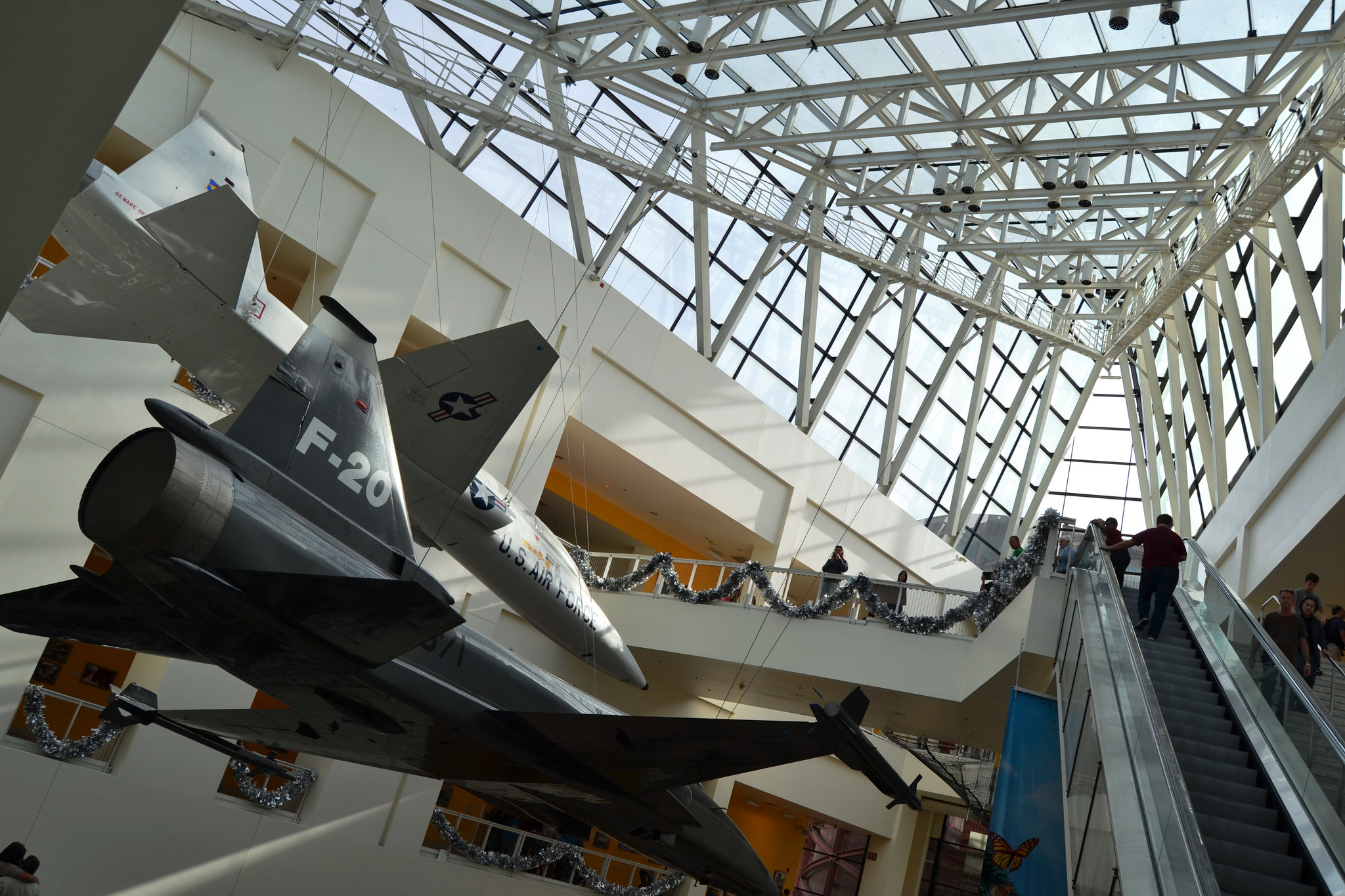
The Tucson area boasts three compelling installations every pilot should see. The Pima Air and Space Museum is the largest nongovernment funded aviation museum in the world, with some 300 aircraft. From Pima you can take a bus tour to the Davis-Monthan Aerospace Maintenance and Regeneration Center, the world’s largest aircraft storage and restoration facility. Finally, the Titan Missile Museum is a frightening yet fascinating remnant of the Cold War. You’ll stare down an actual 10-story Titan II missile, capable of delivering a nuke with the explosive power of 9 million tons of TNT. Then you’ll go deep underground into the hardened control room where the crew had the capability, if so ordered, to launch that missile and rain doomsday onto its target. Read more about all these, and Tucson, here.
The Lone Star Flight Museum is the place to visit if you love warbirds. The museum features more than 20 beautifully restored warbird and classic aircraft such as the Boeing B–17 Flying Fortress, North American B–25 Mitchell, Republic P–47 Thunderbolt, Chance Vought F4U Corsair, Douglas SBD Dauntless, and Douglas DC–3. If younger family members are touring with you, be sure to stop at the museum's Aviation Learning Center, which immerses children in grades five through 12 “in the energy and excitement of flight through a hands-on learning experience.” Experiences include preflighting a Mooney and flying a simulator. The museum had been located in Galveston, Texas, since 1995 but was relocated to Houston in late 2017.
Last but definitely not least, a museum you may never have heard of but shouldn’t miss: The War Eagles Museum at New Mexico's Doña Ana County International Jetport, just west of El Paso, Texas, and near the Mexican border. Opened in 1989 by pilots John and Betty MacGuire, the museum holds 36 World War II, Korean War, and Vietnam-era aircraft, many of them of great historical significance, and most maintained in flying condition. World War II-era airplanes include the famed P-51 Mustang, P-38 Lightning, P-40 Warhawk, F4U-4 Corsair, twin-engine Invader bomber, DC-3 transport, and a German Fiesler-Storch. The 1950s-era jets on display include an F-86 Sabre, T-33 Silver Star, and MiG-15s. An annex displays a remarkable collection of antique automobiles. All this for only $5, kids and teachers free, and discounts for seniors, military, and veterans. Plus, a fixed-baser operator with exceptional service and a skydiving school on the field. Visit this remarkable out-of-the-way airport—it’s a general aviation gem—and exercise your freedom to fly.
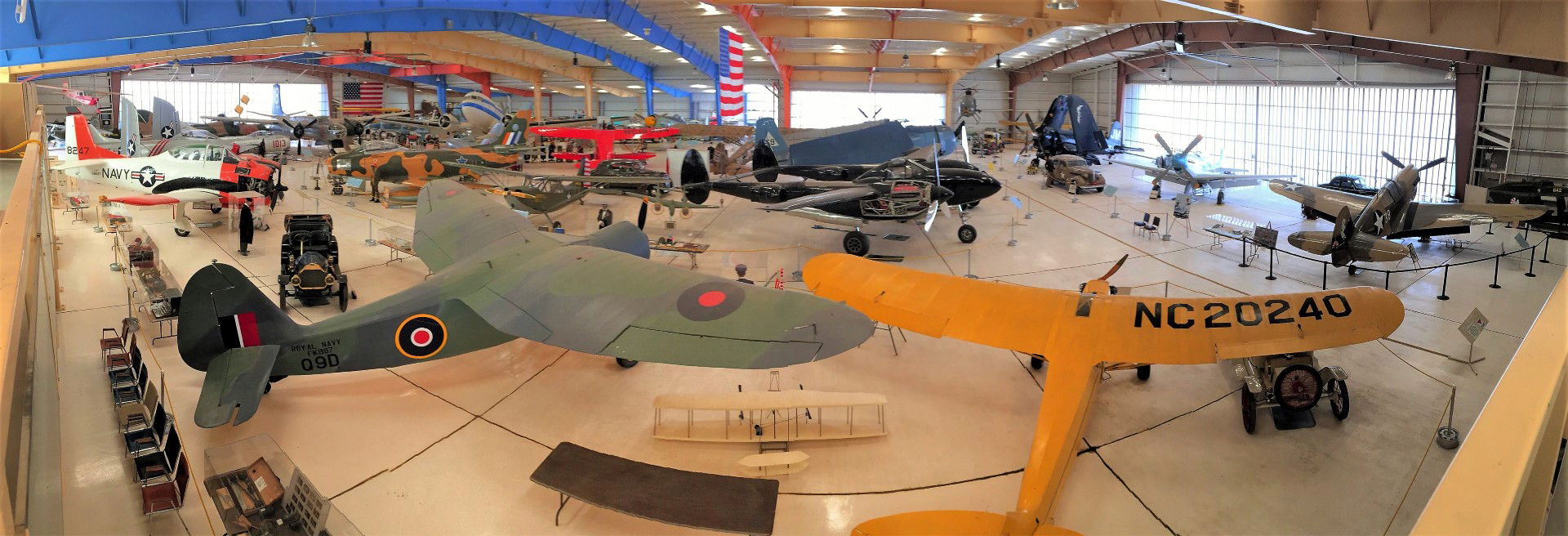
Share your favorite destination in the AOPA Hangar: Places to fly, things to do, where to eat!

